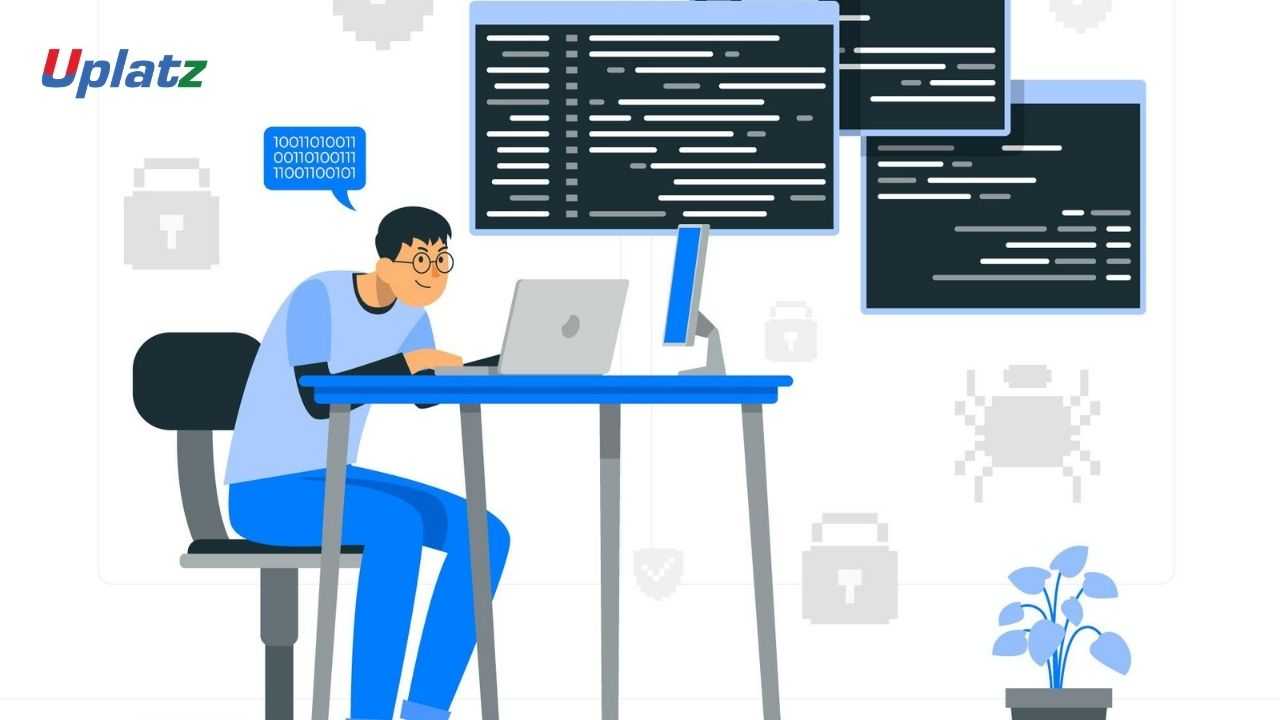Python Programming (basic to advanced)

Python is a general-purpose programming language used in web development, data science and also for creating software prototypes.
Python was created by Guido van Rossum, and released in 1991. It is a very simple and easy to use programming language and a must-know for individuals who want to excel in the field of web development and Data Science. It is a very simple yet powerful programming language which makes it even easier for beginners to learn the Python Programming language.
Python presents itself using data structures such as listing, dictionaries, strings and standard operations including sorting, mapping, concatenation and slicing. It supports Object-Oriented Programming paradigms and its class model supports polymorphism, operator overloading, and multiple inheritances.
What can Python do?
Python can be used on a server to create web applications.
Python can be used alongside software to create workflows.
Python can connect to database systems. It can also read and modify files.
Python can be used to handle big data and perform complex mathematics.
Python can be used for rapid prototyping, or for production-ready software development. It is used for: web development (server-side), software development, mathematics, system scripting, analytics, machine learning.
In this Python Programming training by Uplatz, you will get all the insights of the Python language, from functions to Datatypes and from Files to Object and Class. Moreover, at the end of the successful completion of this Python tutorial, learners will be awarded a certificate of completion along with having access to the whole course for a lifetime.
----------------------------------------------------------------------------Python Programming (basic to advanced)
Introduction to Python Programming
· What is Python Programming?
· History of Python Programming
· Features of Python Programming
· Why to learn Python Programming
· Application of Python Programming
Setup of Python Programming
· Getting Python
· Installation of Python
· Getting started with the first Python program
· Running the first Python Program
Variables and Data types
· What is a variable?
· Declaration of variable
· Variable assignment
· Data types in Python
· Checking Data type
· Data types Conversion
· Python programs for Variables and Data types
Python Identifiers, Keywords, Reading Input, Output Formatting
· What is an Identifier?
· Keywords
· Reading Input
· Taking multiple inputs from user
· Output Formatting
· Python end parameter
Operators in Python
· Operators and types of operators
a) Arithmetic Operators
b) Relational Operators
c) Assignment Operators
d) Logical Operators
e) Membership Operators
f) Identity Operators
g) Bitwise Operators
· Python programs for all types of operators
DECISION MAKING
· Introduction to Decision making
· Types of decision-making statements
· Introduction, syntax, flowchart and programs for
a) if statement
b) if…else statement
c) elif statement
Loops
· Introduction to loops
· Types of loops
a) for loop
b) while loop
c) infinite loop
d) nested loop
· Break, continue and pass statement
· Python programs for all types of loops
NUMBERS
· Number Type Conversion
· Random Number Functions
· Trigonometric Functions
· Mathematical Constants
STRINGS
· Accessing Values in Strings
· Updating Strings
· String Special Operators
· Built-in String Methods
LISTS
· Python Lists
· Accessing Values in Lists
· Updating Lists
· Deleting List Elements
· Basic List Operations
· Built-in List Functions and Methods
TUPLES
· Accessing Values in Tuples
· Updating Tuples
· Deleting Tuple Elements
· Basic Tuples Operations
· Built-in Tuple Functions
· Difference between list and tuple
DICTIONARY
· Accessing Values in Dictionary
· Updating Dictionary
· Delete Dictionary Elements
· Properties of Dictionary Keys
· Built-in Dictionary Functions and Methods
DATE AND TIME
· What is Tick?
· What is TimeTuple?
· Getting Current Time
· Getting Formatted Time
· Getting Calendar for a Month
FUNCTIONS
· Defining a Function
· Calling a Function
· Passing by Reference versus Passing by Value
· Ways to write function
· Types of functions
· Anonymous function
· Recursive Function
MODULES
· What is a module?
· Creating a module
· The import Statement
· The ‘from’ import Statement
· Renaming a module
· Using the dir() function
· The ‘from’ import * Statement
· Locating Modules
FILES I/O
· Printing to the Screen
· Opening and Closing Files
· The open Function
· The file Object Attributes
· The close() Method
· Reading and Writing Files
· The write() Method
· The read() Method
· More Operations on Files
EXCEPTIONS
· What is Exception?
· Handling an Exception
· The except Clause with No Exceptions
· The except Clause with Multiple Exceptions
· The try-finally Clause
· List of Standard Exception
· Raising an Exception
· Argument of an Exception
CLASSES AND OBJECTS
· What is an Object?
· What is a Class?
· Creating a Class
· Creating an object
· Self in Python
· __init__ method
· Examples
REGULAR EXPRESSION
· What is a REGULAR EXPRESSION?
· Metacharacters
· match() function
· search() function
· re.match() vs re.search()
· findall() function
· split() function
· sub() function
GUI Programming
· What is a GUI PROGRAMMING?
· Tkinter Programming
· Tkinter Widgets
· Building Your First Python GUI program with Tkinter
----------------------------------------------------------------------------








